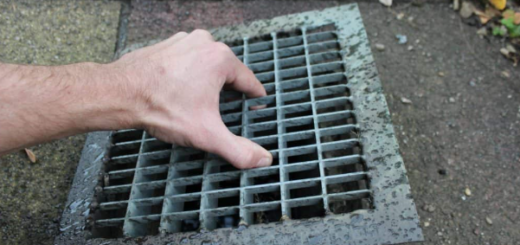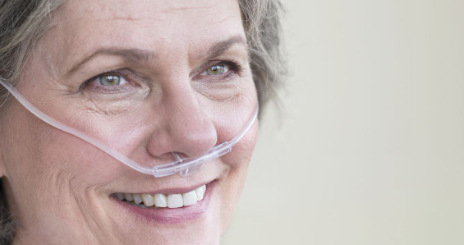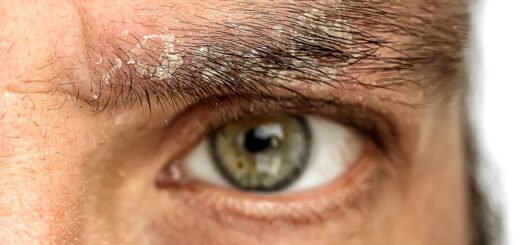The Different Styles of Recovery
In recent years (since the late 1990s), we have seen that in the field of mental health and addiction treatment, a series of changes have taken place from the conceptualization and practice of acute treatment models. This prioritized relatively brief of psycho and socio-therapy, towards models of treatment systems oriented to recovery with management and scope of a longer time.
Meaning of Recovery
So what does recovery mean? The first definition that we can give is that of being a passage from a state of illness and isolation to a state of health and connection. In the area of addiction treatment, this state has been conceptualized as reaching sobriety, with improvements in health and social participation. In the territory of mental health, recovery has been described in terms of medical/clinical recovery (there is no longer the presence of diagnosable mental illness or an active illness), and of substantial improvements in social functioning (a life with social connection and meaning within the community). Many people have reached this state of clinical remission and for that, we use the concept of “recovery” as a descriptor of a process that restores health, and hope.
Managing and Controlling the Symptoms
The second definition of recovery is the process by which a person can manage and control the symptoms of a persistent illness to achieve an improvement in their quality of life and functioning. This means that the symptoms of the disease may persist with some fluctuations, for example, with consumer desires, obsessive thoughts, or emotional distress, but they cease to function as the personal, family, and social “operational control center” of the person in recovery.
The Resilient Approach
Third, in traumatized, oppressed, or segregated populations, recovery can include the development of resilience, a wake-up call from individuals or groups showing overcoming alcohol or mental illness as an act of cultural survival. This group identifies many people who have been sober for some time and who have recovered from addictive diseases leading a life with multiple “second chances”, where recovery and life can flourish. There are many different ways to achieve long-term recovery, and they are all causes of joy and recognition. Those same people are the ones who carry out their rehabilitation, and that includes all kinds of recovery styles.
The Cover-Up
It is common that, in the exhaustion of fighting this situation, the parents or the partner, seeing how the addict destroys their life will seek to control the addiction by yelling at him, threatening him, and then, many times, cover up for them. The family should break out of this situation, for the well-being of their loved one.
They should be aware that the following negative consequences of cover-up can occur:
- The problem grows and worsens
- The establishment, acceptance, and fulfillment of norms of coexistence in the family is not achieved
- The trust of other people is betrayed and the addicted person is reinforced in the breach of commitments
- They become complicit and lose the authority to hold accountable for compliance
Family Members
The behavior of your family member is maintained when:
- There is systematic consent to the mistakes made by the addicted person and, therefore, dysfunctional or pathological behavior is perpetuated
- Postpones the moment when the addicted person commit to the process of change (from consumption to abstinence)
By hiding information, a wrong idea is allowed to be worked on, which can lead to treatment failure.
Breaking the Cover-Up
To break the cover-up, here are the following suggestions to the family:
- Hiding the mistakes of the person who abuses drugs means teaching them how they can continue with the deception, not helping them to reflect on the consequences of their behaviors.
- Our way of assessing what is happening does not always respond to reality, it is important to have other points of view (other close people, professionals).
- Believing that another member of the family is hiding information about the person with the addiction is a way of harming them.
- If the cover-up has been a means of avoiding fights at home, it is time to change your strategy and begin to fix the problem.
Conclusion
Love is not to cover up, but to make the person take responsibility for their mistakes. For this reason, it is important that the family resort to addiction treatment centers that will work with the addict, so that he or she assumes his problem and, from there, begin his way out. At the same time, family members are given the strategies and tools to feel good and know how to cope with the addiction. The addict is the one who has to admit that he has a serious problem and seek help; although you may be the one to seek help for him and get him to start treatment.














